Dear Bakers,
Have you ever made a pizza before?
Step 1 - Choose the type of flour for the base. Wholemeal, plain flour, bread flour, bleached or unbleached?
Step 2 - Decide on the ingredients to put on your pizza once the dough is ready. With all your toppings laid out, you should have a rough idea of how your pizza will taste. Tomato base or cheese base? Any unusual toppings like fried eggs and pineapples? (Sorry, my Italian friends!)
Step 3 - Assemble time. Even the same ingredient can come in different shapes and sizes, so the actual layout may differ from your initial plan.
Step 4 - Put the pizza in the oven. Can you hear the bubbling cheddar? Can you smell the slightly charred dough? Tik-tak-tik….tik-tak-tik….
Step 5 - Pizza is ready to be served! You might want to drizzle some chilli oil or Tabasco as a final touch to elevate the pizza's flavours.
So……Why am I telling you how to make a pizza? First, pizza is my thing. Second, I am hungry right now. But here’s the real reason — I realise that drawing is pretty similar to making pizza.
Step 1 - Choose your Medium or Materials to Create your Art
I used to think that if I chose one medium, I would have to stick with it forever because it would define my artistic style. But I was wrong. I realised that no matter what materials I use, whether analog or digital, the way I draw keeps evolving over time, yet people can always recognise my work. (I realised that after 5 years of illustrating…)
Step 2 - Decide what Components will be Included
This stage is similar to the planning phase. Sketch out or jot down any ideas that come to mind. In my practice, each element in the drawing has its own purpose and function. For example, the bookshelf in the background indicates that the girl is curious and studious. The photo above the fireplace illustrates the relationship between the girl, the dog, and the bunny. By including only the necessary items in the image, the message can be strengthened and emphasised.
Step 3 - Brainstorming Composition and Page Turn
It’s playtime! With all the elements you have selected, you can now arrange them in various positions to experiment with the effect. Manipulating composition is my favourite part of the creative process. Imagine yourself as the character and consider how the scene would appear from different perspectives. This step evokes memories of playing hide and seek as a child. How would this room look if I were peering from a cupboard? Would it be more interesting to view it from the ceiling?
Step 4 - Assembling
By this stage, you should have a sketch to your liking, and you can start assembling the elements. It's perfectly fine to add or eliminate things as you go. Just follow your instincts because this is your creation.
Step 5 - Putting it Away
Sometimes, you might not like what you have created. Don’t throw it away or delete it. Just set it aside and let it sit for a few days, weeks, or even months. We often become so focused and attached to our work while creating it that we need to step away and look at it with fresh eyes later. This is when the magic drawer invented by
comes in handy. Put it in the magic drawer and resist the urge to look at it. Don’t even try! You just have to be patient.Step 6 - Final Touch
Abracadabra!!! Revisit it after at least a week, and you will likely see what needs to be altered. I once hated one of my drawings so badly that I stashed it away in the drawer for over 8 months. When I finally revisited it, the solution became immediately clear. The magic drawer is truly powerful.
Hope you enjoy my pizza-ART recipe! (Honestly, I've never made a pizza from scratch, but I've watched every episode from every season of Hell’s Kitchen, Master Chef UK, USA, New Zealand, and Australia. That should count for something, right?) Each drawing is a journey from inspiration to completion. What about you? What's your process for creating art?
[Disclaimer - Recipes have been tested and used successfully by me, but results may vary from person to person.]

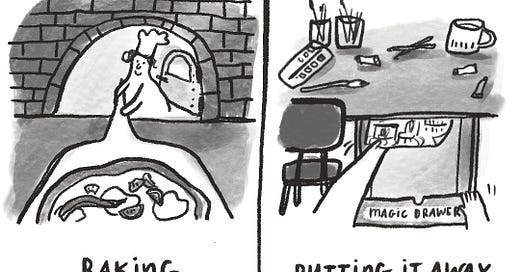


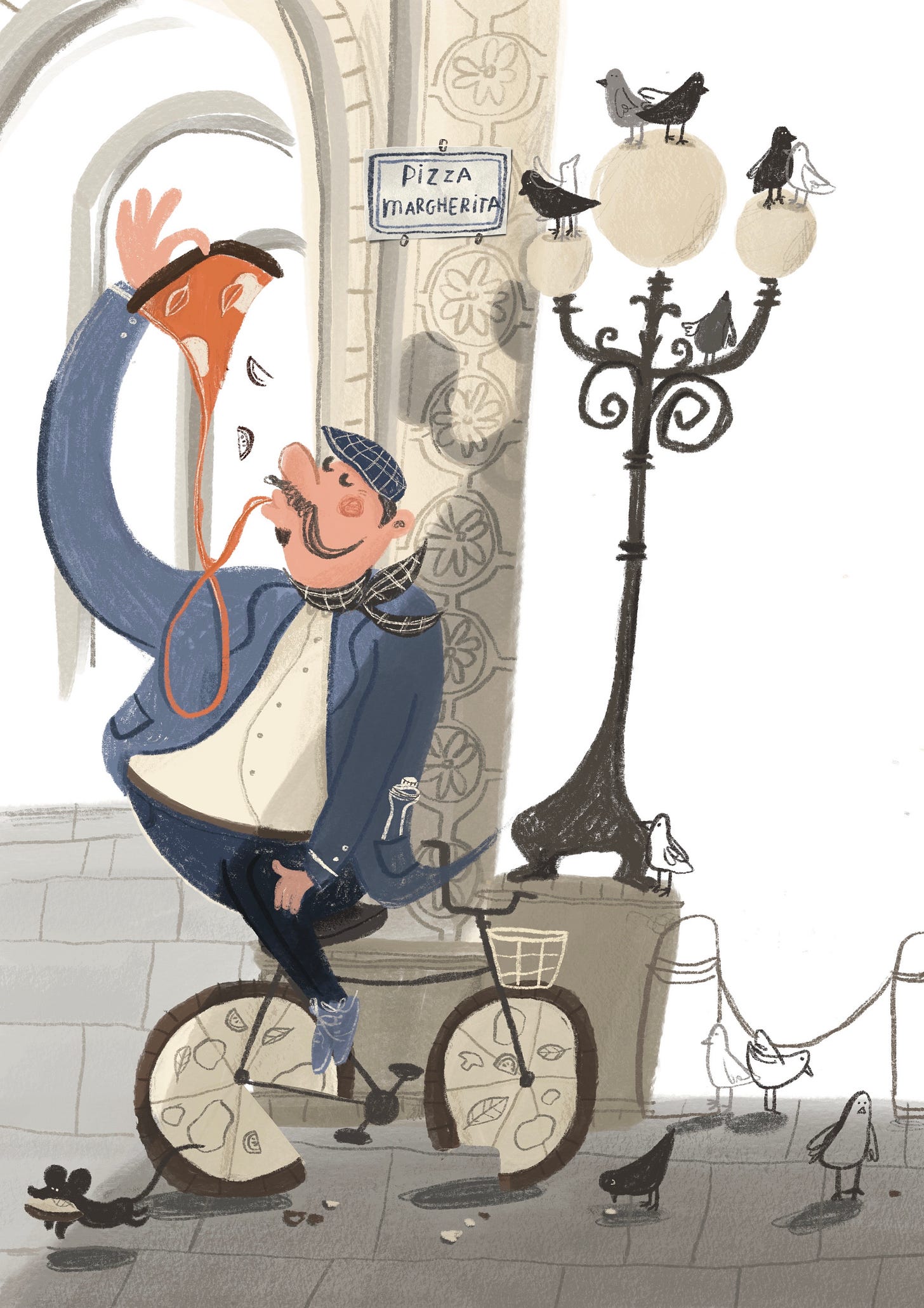
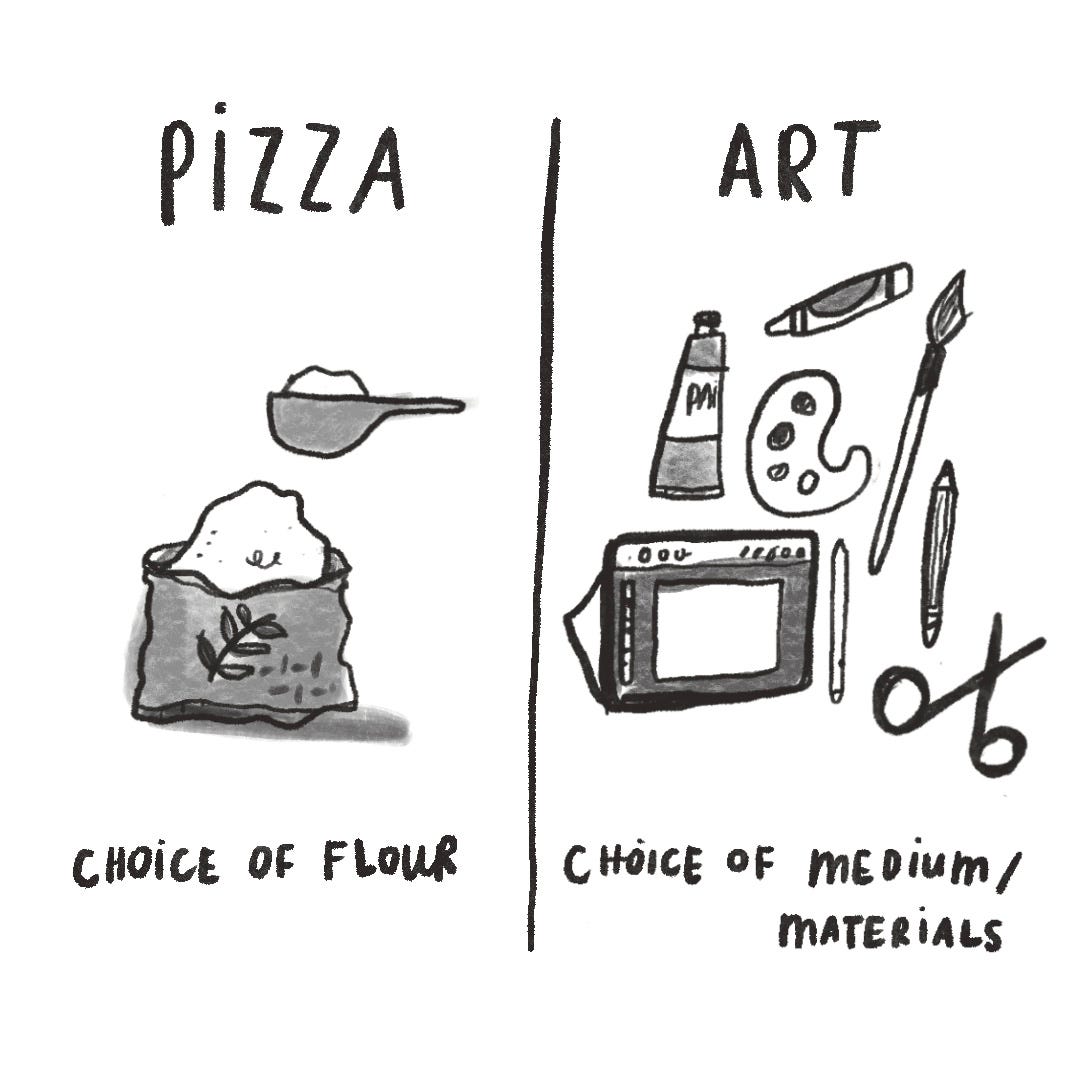
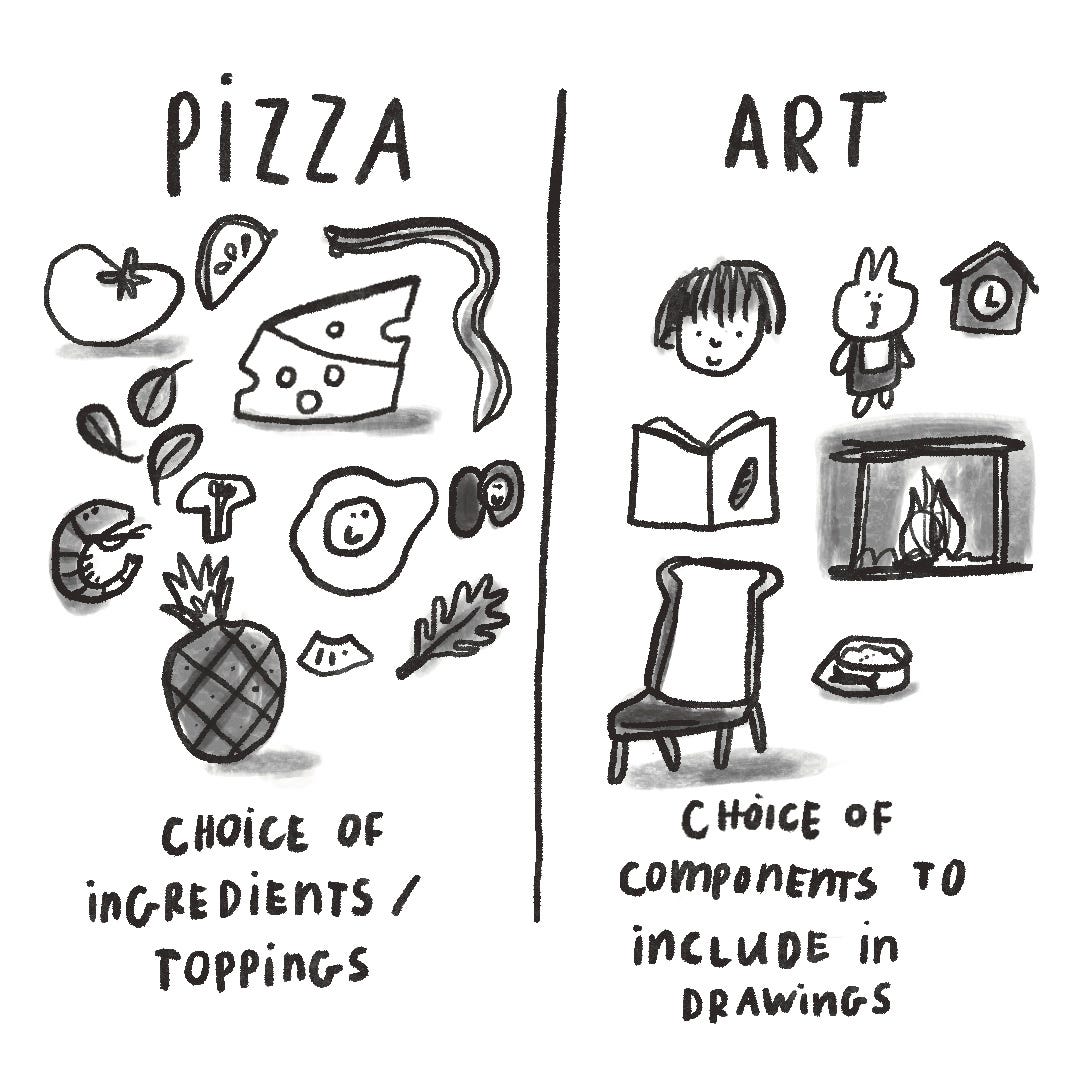
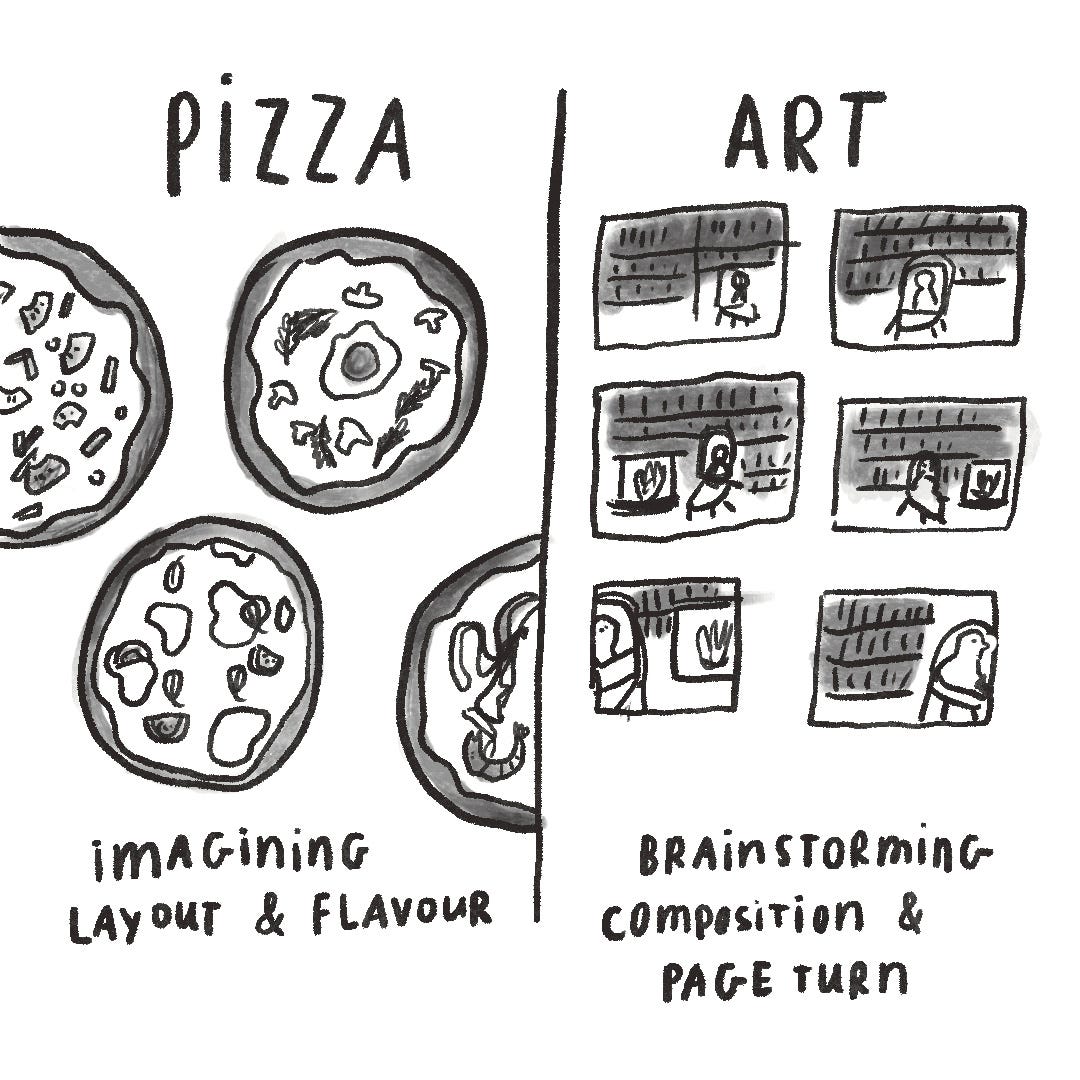
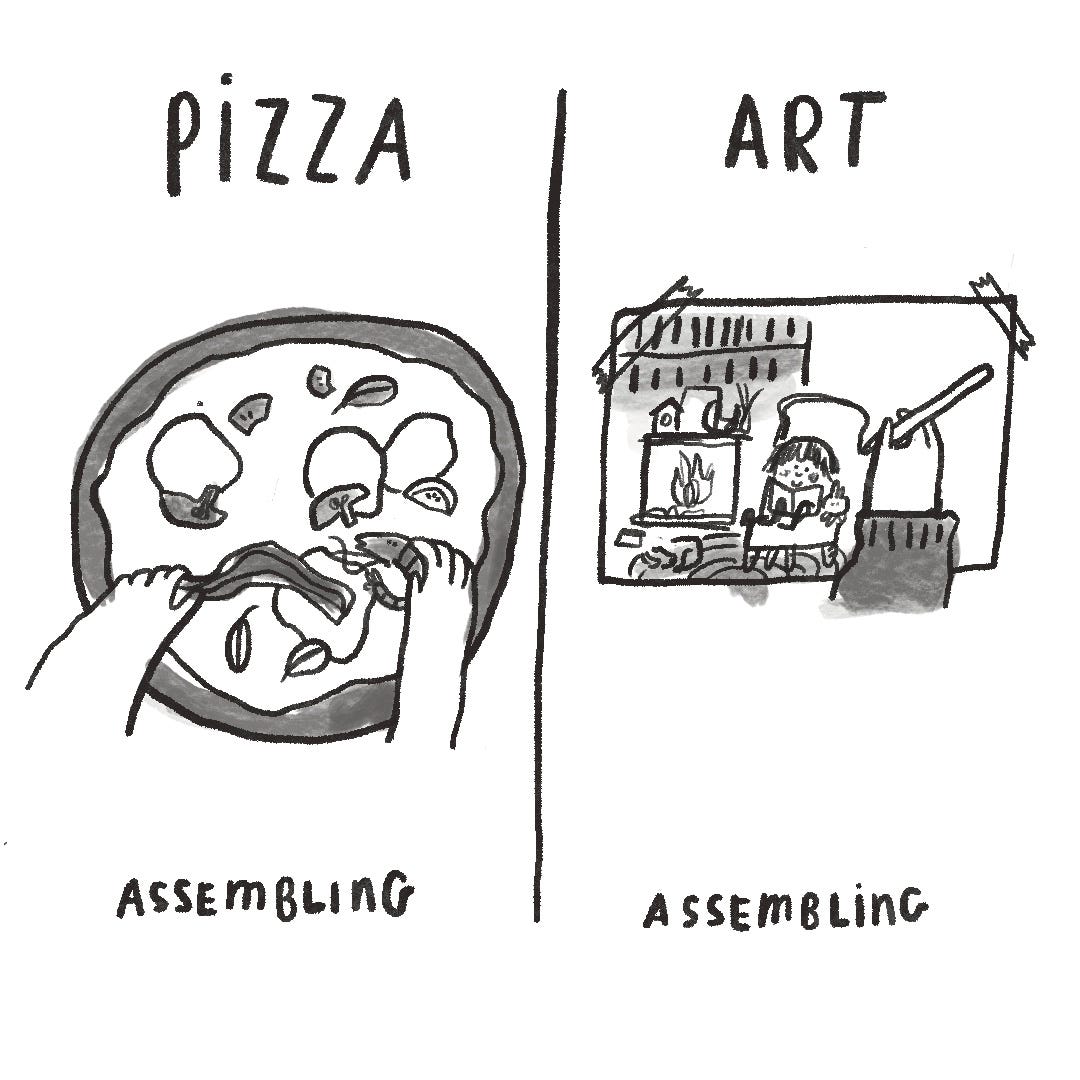

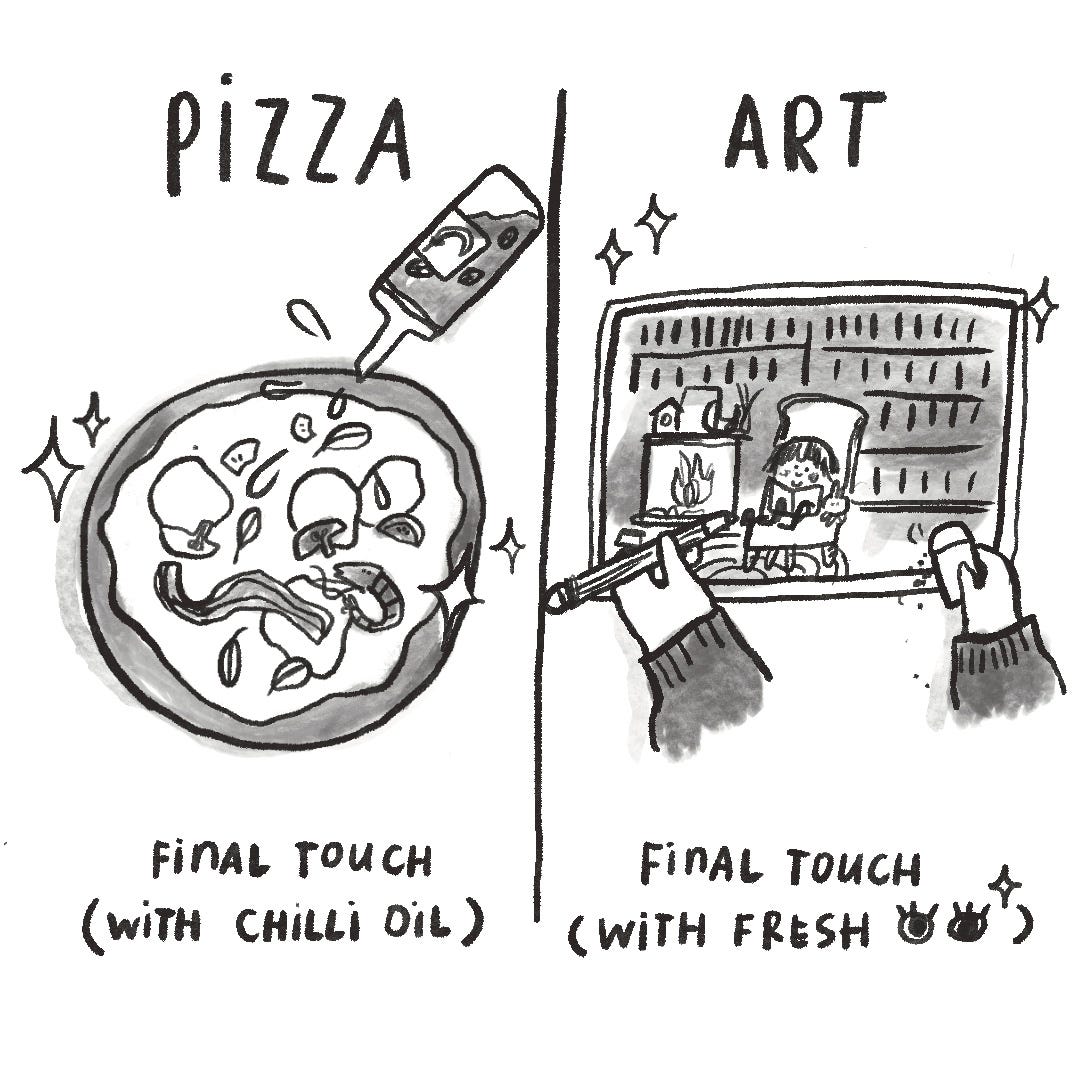
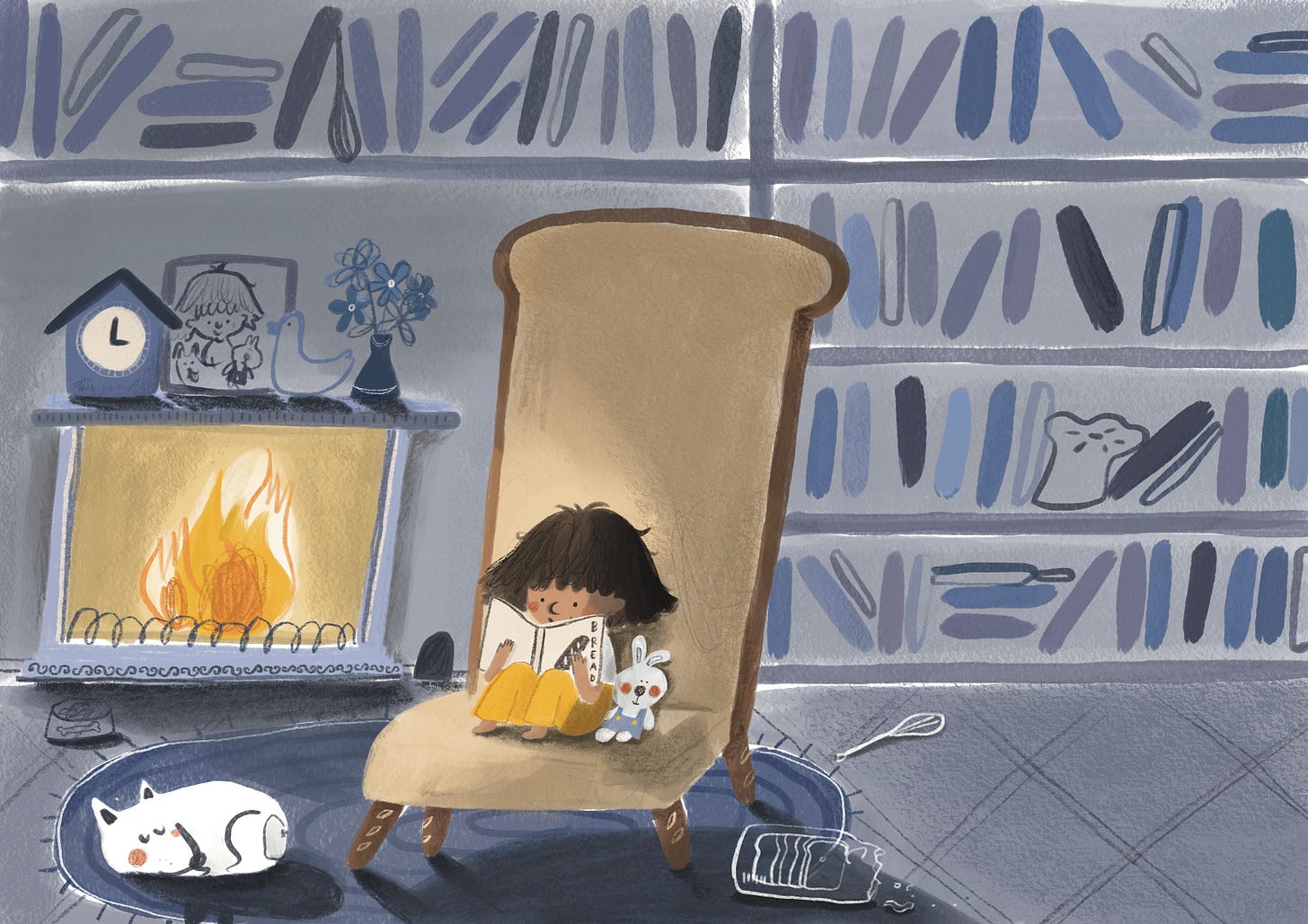
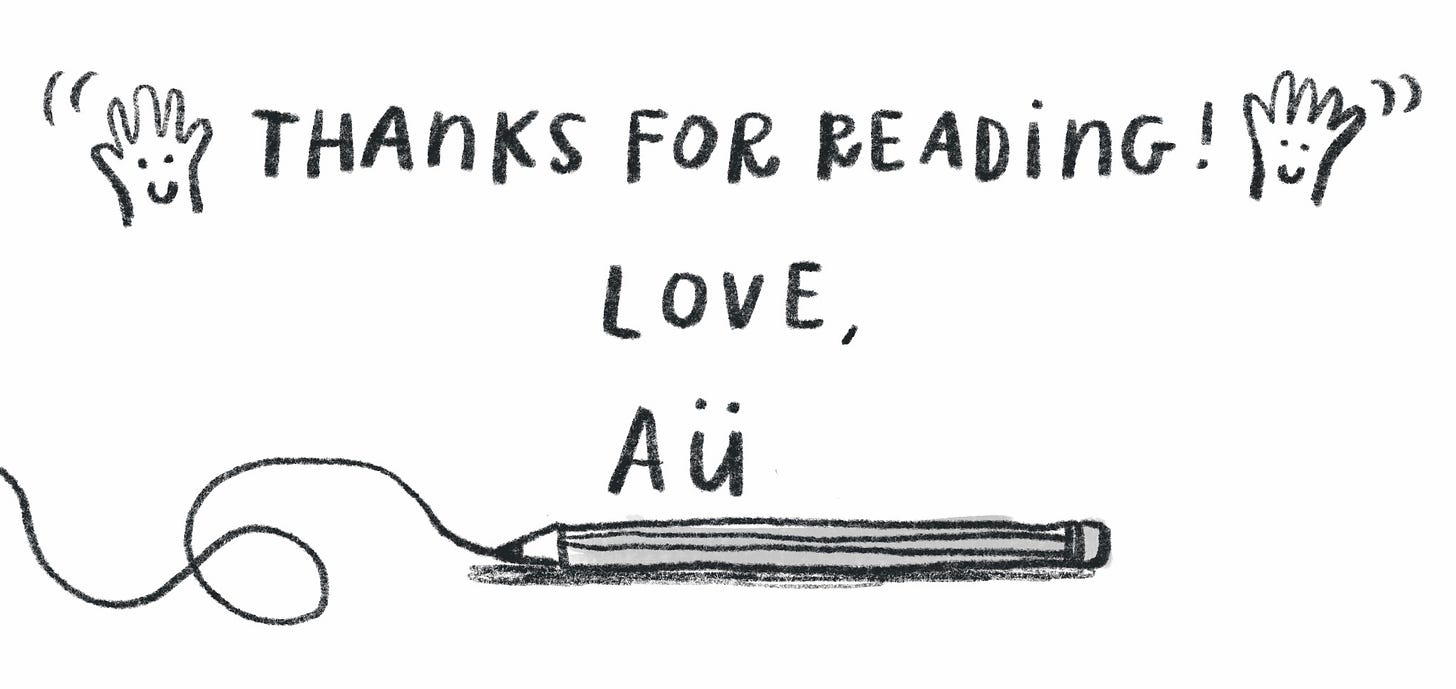
I love this! I teach high school students and this may be a great way for them to connect because who doesn’t like or understand the process of making a pizza? Looks like I have supplementary reading material for this year. Thank you for sharing this!
This has been so helpful it is a wonderful way to describe the process . I loved the illustrations as well